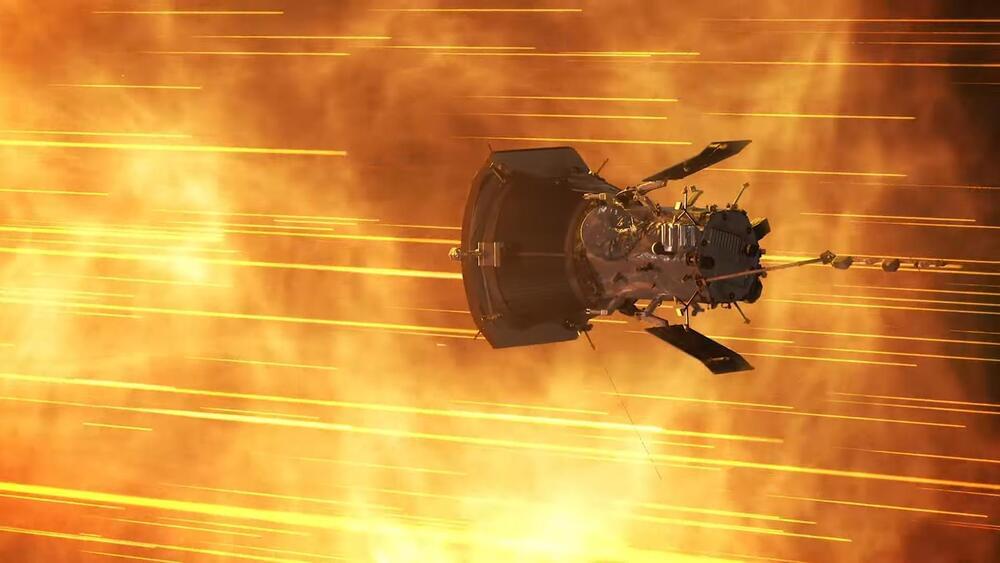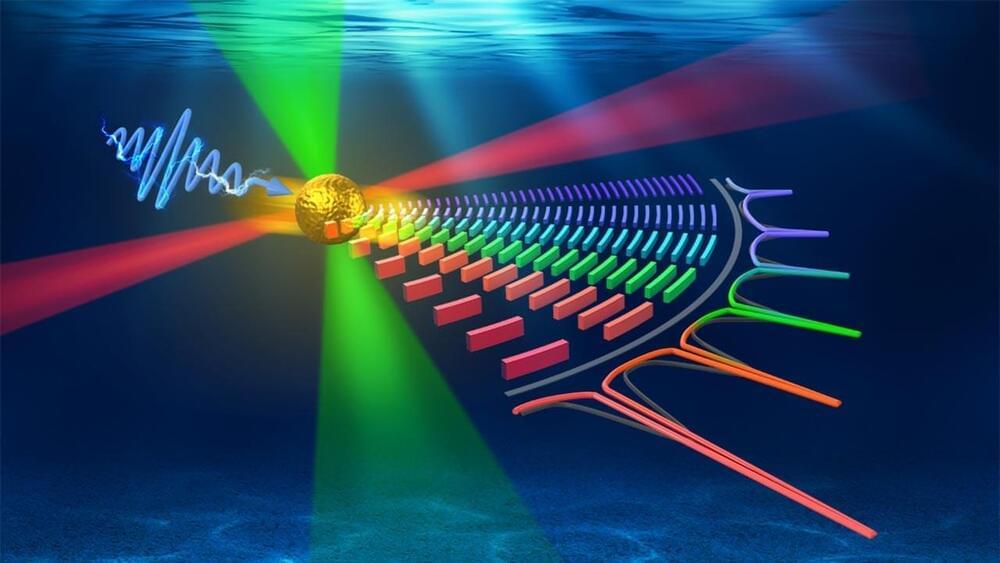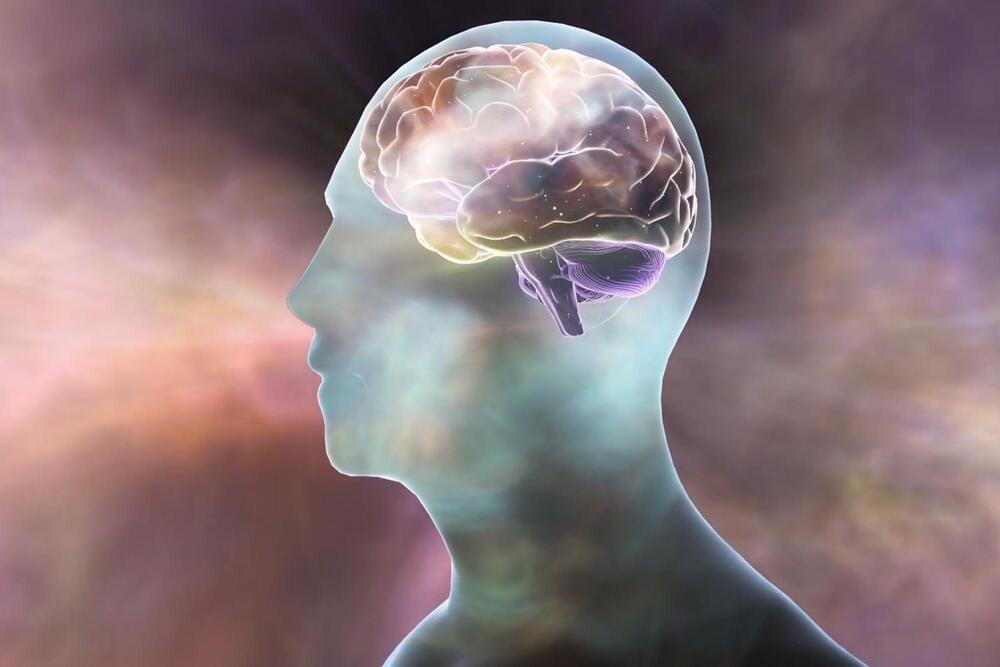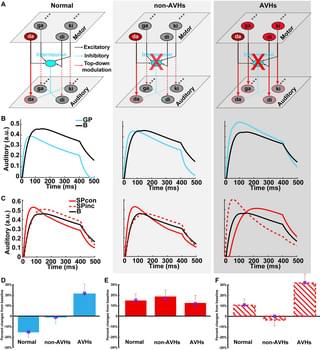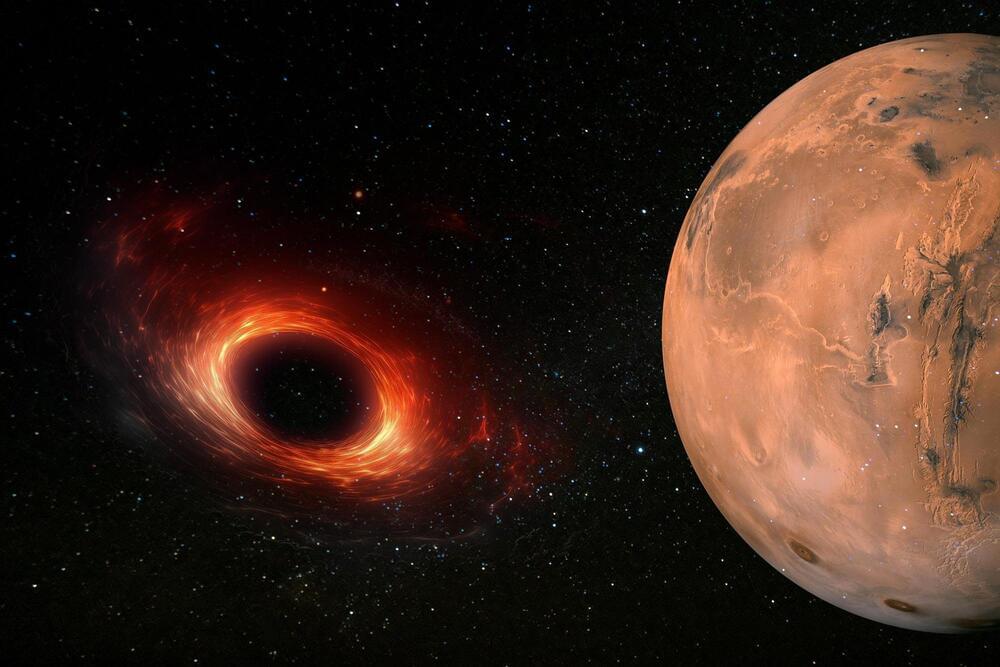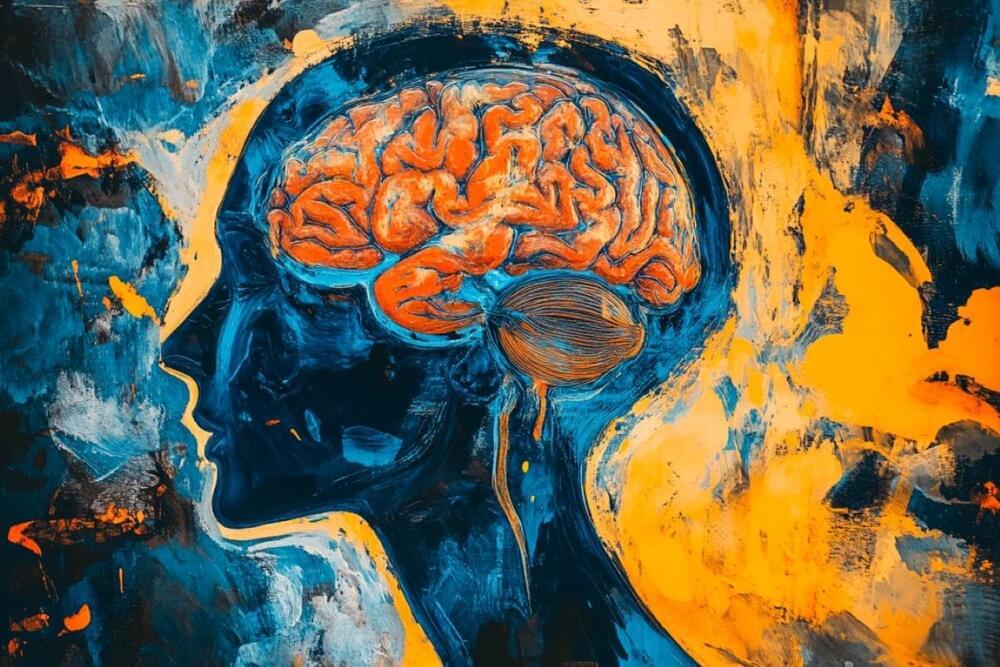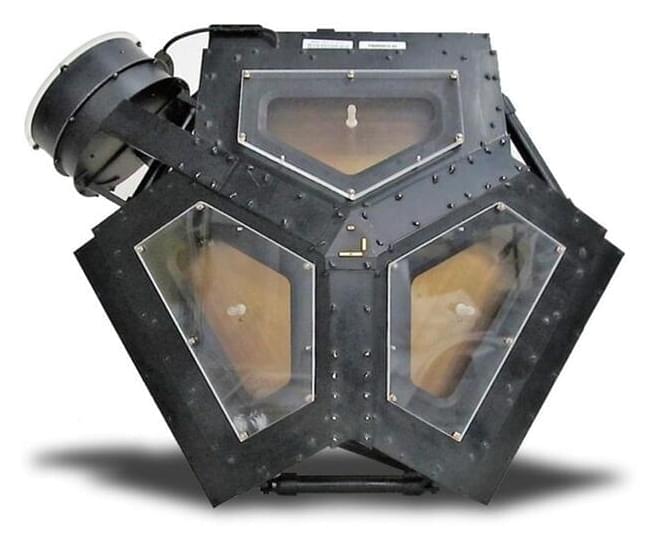The Parker Solar Probe has matched its own speed and distance records in a recent close encounter with the Sun and is preparing for an even closer approach aided by a Venus flyby.
On September 30, NASAs Parker Solar Probe completed its 21st close approach to the Sun, equaling its own distance record by coming within about 4.51 million miles (7.26 million kilometers) of the solar surface.
The close approach (known as perihelion) occurred at 5:15 UTC — or 12:15 a.m. EDT — with Parker Solar Probe moving 394,700 miles per hour (635,300 kilometers per hour) around the Sun, again matching its own record. The spacecraft checked in on October 3 with mission operators at the Johns Hopkins Applied Physics Laboratory in Laurel, Maryland — where the spacecraft was also designed and built — with a beacon tone indicating it was in good health and all systems were operating normally.
